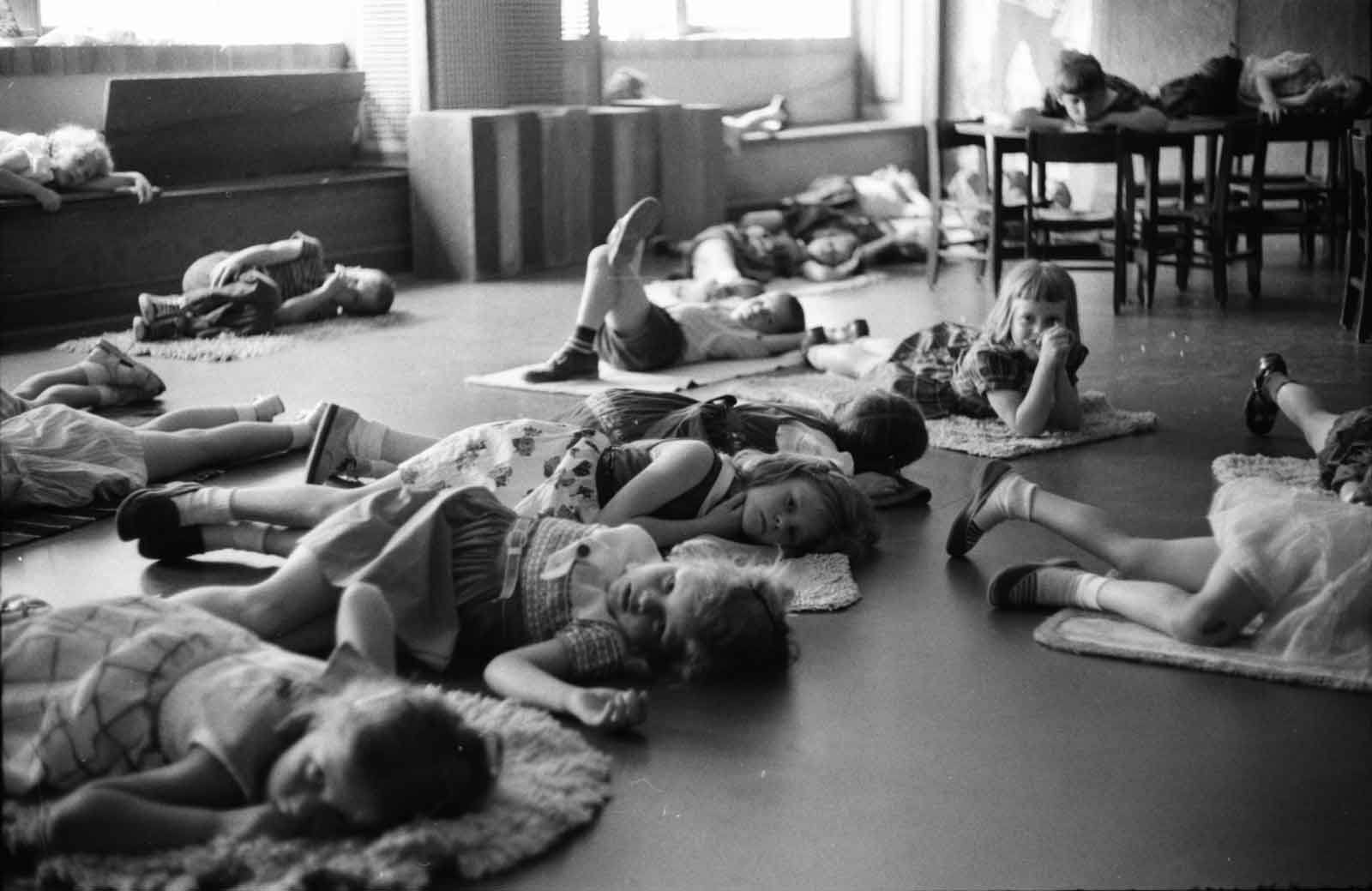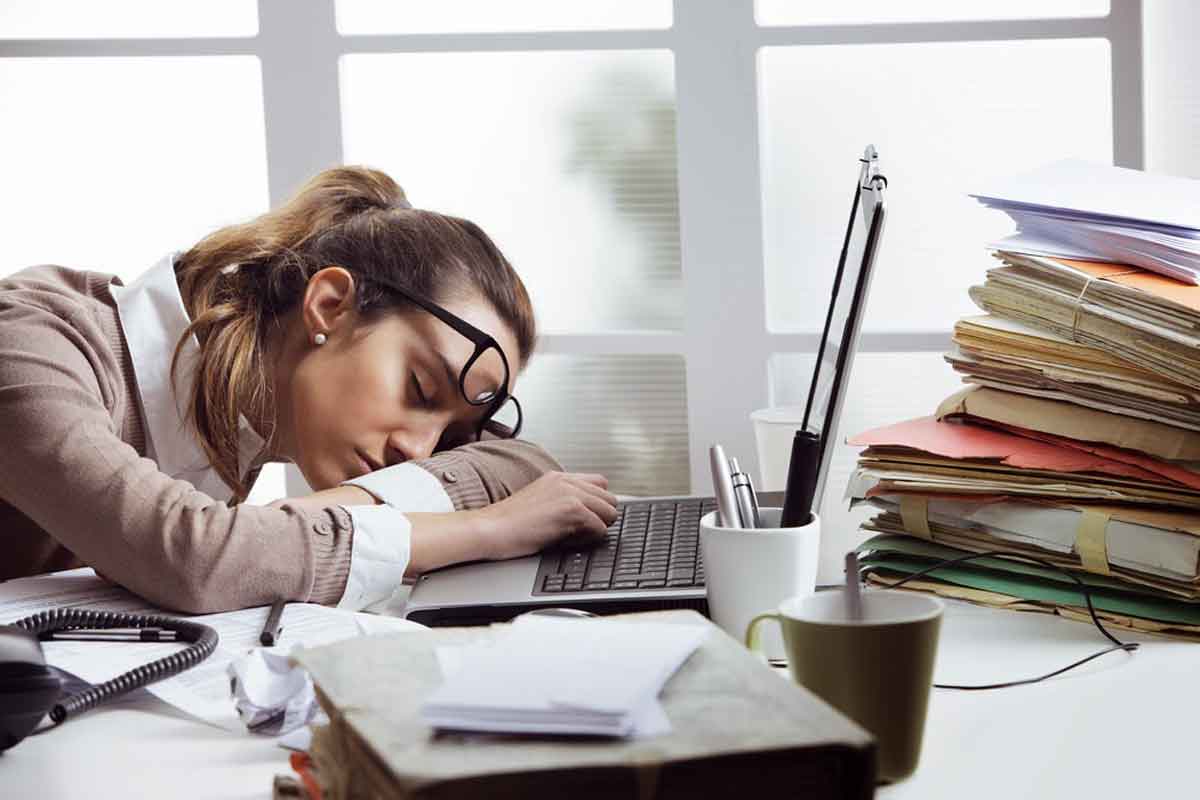Napping at school and the science of chronobiology
Website Editor • September 17, 2019
Do you ever feel that you are not as productive as you used to be?
Everybody feels this way at some point, as our brains need periods of rest in order to work at their full capacity. Even if you have had several days in which your performances were outstanding, there comes a time when you won’t feel capable of delivering at the same level. Thus, understanding the concept of chronobiology, the natural cycles of the body, can mean being able to recognize when your brain needs to rest itself so that you can continue to work at high levels and deliver the best possible results.

Of course, things are more complicated than they seem, as we all tend to work on different schedules. So, it is worth taking a closer look at how our mind works day after day, recognizing when we are most productive. Specialists state that our brain works best at midday. Of course “midday” is not the same for everyone. Commonly you can feel most productive between 10 a.m. and 2 p.m., with a fatigue gap until 4 p.m., from where your productivity may get back on track until 10 p.m.. Therefore it seems that a nice nap between 2 p.m. and 4 p.m. may be necessary in order to maximize your potential throughout the day. Known as the “post-lunch dip”, this is a period in which our brain slows down significantly. You have probably experienced this, when your mind wants to take a break after lunch instead of keeping up the same pace.
Articles

The United Nations has described the disruption to education caused by the pandemic as ‘unparalleled’. At the virus’ worldwide peak in April, it is estimated that over 90% of all enrolled learners, from kindergarten to bachelors and beyond, had their education affected by school closures and the pandemic (UNESCO). For many university students and older children, they have had to adapt quickly to online learning. They can keep in touch with their peers and teachers online and continue their studies, albeit in a highly modified way. As challenging as this may be, this experience will help equip them for a future that is increasingly online. For parents of younger children, they are assuming a new role: their child’s home school teacher. This is in addition to their usual childcare and household duties, their work responsibilities and often emotional and financial worries caused by the pandemic. Stressful? Yes. The good, and somewhat surprising, news? The experts advise that you don’t teach your children - at least not in the way you might expect.

If the recent outbreak of Covid-19 has taught us anything, it's that many adults do not wash their hands effectively. It has never been more important that we support our children to develop good personal hygiene to keep themselves and our families safe. This seemingly easy task can be very difficult for children with fine motor skill difficulties. In this article, we explore some ideas to support your child with hand washing.

Lockdown has brought the digital future into the now. Online shopping, entertainment, education and more have moved from the periphery to the mainstream to, in many cases, the only option. With the necessity of social distancing looking to continue for many months, it appears that this rapid digital revolution is here to stay. This means that life as we know it, in most of its sectors, has changed forever. In order to survive, businesses are having to adapt rapidly, embrace technology and look to the future. Architecture is no exception. There has been a widespread adoption of technology and VR over the past few months in response to the lockdown across all of society. Elderly grandparents who were once resistant to adopt new technologies talk of “Zooming” and have started video chatting with their family members to combat loneliness. Art galleries that were once considered stuffy or pretentious are now pioneers in VR technology, with Google Art & Culture offering tours of London’s National Gallery or the Musee D’Orsay in Paris. These virtual tours deliver art in a dynamic new way that can be far more engaging than regular photos. Critics have applauded the panoramic and immersive views of gallery building and exhibitions which work well for rendering of 2 dimensional art, however impressions of sculpture is somewhat lacklustre. With VR technology, users can enjoy a truly immersive experience in the comforts, and safety, of their own home. The COVID-19 pandemic has served as an accelerant for the arts and entertainment industries to embrace VR.





